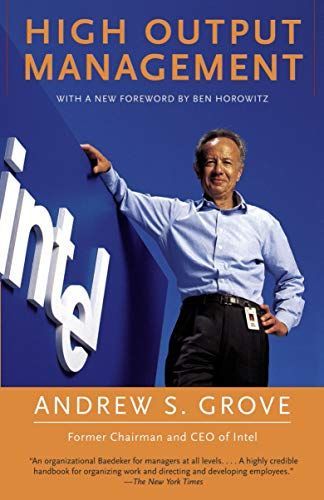
Reviews
Jb@jbr1992
Heiki Riesenkampf@hrk
matej yangwao@yangwao
Cristian Garcia@cristian
Simao Freitas@simao
brendan sudol@bren
Ender Ahmet Yurt@eayurt
Chris Raastad@craastad
ANDREW BRYK@andrewbryk
Angel Herrera@aherrera
Omar@omareduardo
Nikolay Bachiyski@nb
Lance Willett@lancewillett
Pawel Cebula@pawel
Ilia Markov@ilia
J K@lemonjello
Dominik Gazdoš@gadyn
Ethan Ding@ethanding
Simon Gussing@simon
Felix Schröder@fesch
Mat Connor@mconnor
Bailey Jennings@baileyjennings
Taylor Murphy@tayloramurphy
Josh Kuiros@joshkuiros